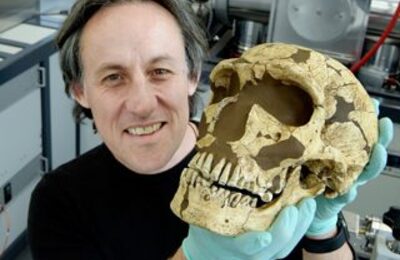HEAS Head Tom Higham et al. publishes on Rapa Nui (Easter Island)
More On Article
- HEAS Deputy Head Promotes Archaeological Publications in Vienna
- A short and sickly life. Multi-indicator analysis of an infant from a late antique Italian burial site (Piano della Civita, Artena, 3rd-5th cent CE).
- Fire Use During the Last Glacial Maximum: Evidence From the Epigravettian at Korman' 9, Middle Dniester Valley, Ukraine
- New Paper Published!
- HEAS Members awarded FWF grant for project on Geochemical ENhancEment of Ancient DNA from SedImentS

Rapa Nui (Easter Island) with its gigantic statues and treeless landscape has fascinated researchers for centuries. A new genetic study published in this week’s Nature disproves the popular theory that the Rapanui population collapsed as a result of an “ecocide”—a human-caused environmental suicide—and shows that the Rapanui admixed with Indigenous Americans centuries before Europeans arrived on the island.
Ancient Rapanui genomes reveal resilience and pre-European contact with the Americas.
Media Coverage